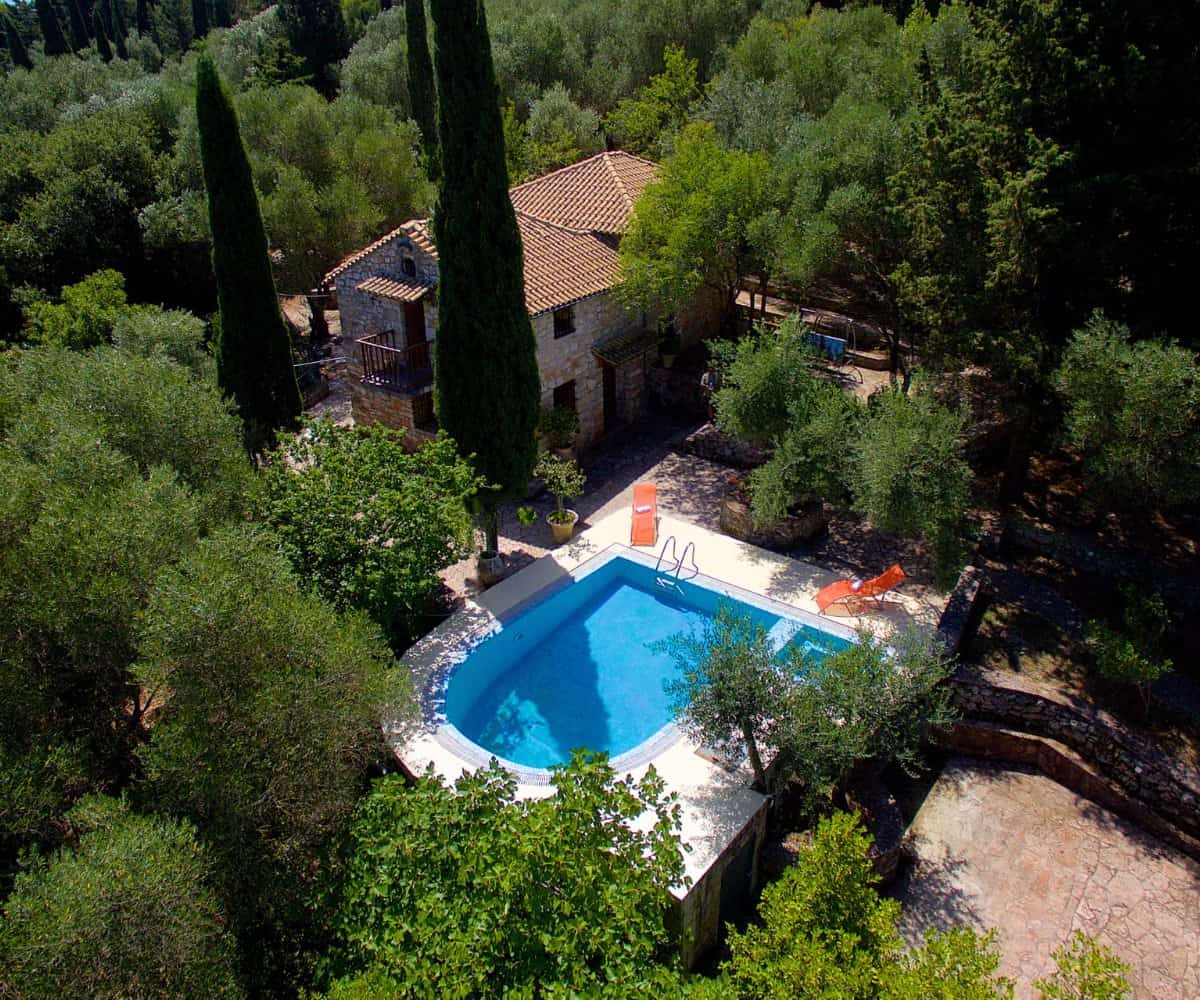It's Not Too Late to Grow These Ground Covers Before Fall
Take a look around your yard—all that exposed dirt is a beacon for erosion and weeds.


Credit: Konektus Photo / Shutterstock.com
I spend a lot of time thinking about dirt. Mostly, as I look around my yard, I often don't see the shrubs and trees and flowers as much as I see the dirt beneath them. Because exposed dirt means two things: erosion and weeds. The best way to combat both of those problems is ground cover.
What is ground cover?
Ground cover refers to low-lying plants that hug the ground and spread horizontally; they are perennial, usually self- seeding, and are highly resilient. In each climate or zone, there are native ground covers, and the best way to find those is to reach out to your local nursery. As we head into fall, you might think it's too late to think about ground cover for this year, but there are still a few that are fast-growing and will have time to get settled before the cold sets in.
To be clear, there's an entire world of ground covers that includes mosses and herbs and spillers, but the ground covers below were selected because of their ability to grow quickly.
Clover
I am a devoted fan of clover. While there is perennial white clover which is easy to seed and highly resilient, you can top-dress with a multitude of different colored clovers, including red, strawberry, and purple. Clover will spread on its own, and while you can mow it for a unified look, you don't have to. It will flower beautifully and go to seed, starting the cycle over.
Creeping Thyme
Man, I love thyme. And this version, a perennial, flowering thyme that will clump and even spill over edges is a perfect candidate for your garden. In spring, flowers will bring the pollinators, and creeping thyme comes in a shocking array of colors. Part of the charm of this herb is that it is drought-tolerant, and loves a well-drained area, meaning it's usable for rock walls, too. Oh, and you also end up with tons of thyme, a highly underrated herb.
Creeping Phlox
Many ground covers are named "creepers," and phlox is one for somebody who wants color and flower blooms instead of greenery. This version of phlox grows reasonably quickly, and it will give you flowers in the pink range over spring, but the plant is evergreen, so you'll have leaves over the winter. Phlox prefers sun, but moderate temperatures. The good thing about phlox is that it forms such a thick mat that weeds don't stand a chance.
Candytuft
If you want to lean into flowers, Candytuft is a lot of fun. As the name suggests, these big blooms are like soft clouds of white petals. Choose candytuft for partial sun areas; too much sun will burn it. Flowering ground covers like candytuft and phlox make a nice accent along walkways or around a bed.
Creeping Jenny
If you want to move away from flowers for a bold, bright electric green, Creeping Jenny is one to consider. Yes, it's a "creeper" but also a spiller. Pay attention to your soil, because this plant needs moisture, but not clay soil. It will do well in a partial shady spot with drainage, and it loves a rock wall or pathway. Consider Creeping Jenny around a water feature.
Dichondra
Another non-flowering plant you'll grow mostly for the shape and color (a bright leafy green), Dichondra grows super fast and will only ever hit four inches in height. It makes a rich carpet, but it spreads fast enough that you'll need to keep an eye on things. Dichondra loves sunshine, so full sun is ideal, and it demands excellent drainage.
Creeping Juniper
I've thrown this in mostly for kicks because Creeping Juniper is delightful but specific. Remember, it's juniper—basically a fir—so growing the creeping version is like growing a Christmas bough on the ground. It's evergreen, which you don't appreciate until it's mid winter and your yard is bare. Another point for Creeping Juniper is that it's the DGAF of ground cover: It doesn't care where you plant it or what kind of soil you plant it in.

 MikeTyes
MikeTyes 





























